
Lamb Recipe
Lamb recipes are fun to cook because the meat works so well in so many different situations. The protein makes a great substitute if you're getting tired of a beef, chicken, or pork routine, and can be used in wraps or kebobs at a cookout. Here are some recipes we prepared for you
Moroccan Lamb Tagine
INGREDIENTS
DIRECTIONSIn a large bowl, toss lamb with about 2 teaspoons salt. Let
sit at room temperature for 1 hour or overnight in the refrigerator. In a small saucepan over medium-high heat, bring chicken
broth to a boil. Remove from heat and add dried apricots. Let sit at least 15
minutes. In a tagine or Dutch oven over medium-high heat, heat oil.
Add lamb and cook until golden, about 4 minutes per side. Work in batches as necessary.
Remove lamb from pot and place on a plate. Reduce heat to medium and add onion to the pot. Cook until
soft, 5 minutes. Add garlic and ginger and cook until fragrant, 1 minute more,
then add tomato paste and stir until coated. Add cinnamon stick, saffron, and
spices and cook until toasted, 1 minute more. Add lamb, apricots, and broth to pot and season with salt
and pepper. Bring to a boil, then reduce heat and let simmer, covered, until
lamb is tender and liquid is reduced, about 1½ hours. Remove from heat and stir in cilantro. Garnish with toasted
almonds, mint, and more cilantro. Serve over warm couscous. |
Grilled Tandoori LambTandoori refers to the yogurt-based, aromatically spiced
marinade that can be used on grilled, broiled, or baked meat. You can adjust
the spices to your own personal preferences. Serve with flatbread or rice and
cilantro chutney.
INGREDIENTS
DIRECTIONSStep 1 Whisk yogurt, lemon juice, onion, garlic, ginger, garam
masala, paprika, cumin, turmeric, and cayenne pepper together in a bowl until
combined. Step 2 Toss lamb and salt into marinade; mix until lamb pieces are
coated evenly. Cover mixture with plastic wrap and refrigerate overnight, or at
least 4 hours. Step 3 Skewer lamb pieces so they barely touch. Wipe off excess
marinade with a paper towel. Brush with vegetable oil and sprinkle with salt. Step 4 Preheat grill for medium heat and lightly oil the grate. Step 5 Grill skewers on medium heat until lamb springs back to the
touch, about 5 to 7 minutes on each side. Step 6 Garnish with red onions, lemon wedges, and chopped cilantro
as desired. |
Malaysian style lamb curryThe Malaysian style lamb curry is very similar to the
authentic Indian version except for the inclusion of the Malaysian curry
powder, a unique blend of the local spices. The gravy is thick, and the flavor
is concentrated.
Steps1. Marinate the lambUse bone-in lamb because it imparts flavour to the
curry. Ask your butcher to cut it into 1.5-inch cubes or larger since the meat
will shrink during cooking. You need to adjust the lamb quantity from 1kg to
600g should you decide to use boneless lamb meat, and replace the water with
chicken stock to intensify the flavour. This recipe is very flexible, converting easily to chicken
or beef curry by replacing the lamb for those who do not eat lamb. The marinadeMarinate is a crucial step to tenderize the lamb. Add some yogurt to marinate the lamb for two reasons. First,
it adds a delicious tangy flavour but, more importantly, tenderizes the
lamb. Yogurt tenderizes the meat by two actions. It contains
friendly bacteria, which breaks down protein. It also contains lactic
acid, which is mildly acidic and helps break down the meat by denaturing
or unwinding the muscle’s long protein. Since yogurt is a weak acid and lamb is
tougher than chicken, it will not be overly tenderized, even marinate
overnight. The marinate also comprises ginger, garlic chili powder,
turmeric powder, and salt. Massage the marinade into the lamb and let it rest for at
least three hours or overnight. You can also crush the garlic and ginger with the flat of
your cleaver and finely mince them if you do not have the ginger garlic
paste ready. 2. Temper the herbs and spicesTemper the spices and sear the lamb separately to prevent
the spices from over burning. Heat some oil to just below the smoking point. Most
Malaysian use peanut or palm oil to cook, but you can also use corn oil,
coconut, or sunflower oil, which have a high smoking point. Add the dried spices (cardamom, bay leaves, curry
leaves, cinnamon bark) to the oil to temper until it becomes aromatic. You may add cumin seeds should you want to include
it in the recipe. I use the ground cumin and only add to the curry at a later
stage. There are other versions of the lamb curry, which
include fennel seeds. They should be tempered with other dried herbs if
you are choosing that option. When the whole spices become aromatic, add the chopped onion
and sauté for a few minutes until it becomes soft, slightly brown, and
translucent. Remove it and use the same pan to brown the lamb. 3. Browning the lambBrowning gives the lamb a richer, deeper, and more complex flavour
through the Maillard reaction, which produces a range of flavoured
molecules responsible for the inviting flavour and colour. Unfortunately, it
does not happen while cooking the curry because it takes place at around 140°C
to 165 °C (280°F to 330 °F). Therefore, browsing enhances the flavour of all
stew dishes. Brown the lamb separately to avoid the spices from over
burning. A good non-stick pan is useful for browning with less oil if you do
not object to using non-stick material. After browning the meat, set it aside, remove the excess
oil, and use the same pan for cooking the curry. Use some water or add the
chopped tomatoes to deglaze the pan. These are treasures, which greatly enhance
the flavour of the curry. 4. Simmer the lamb until tender and softAdd the chopped tomatoes to the pan to deglaze the pan. Once
the caramelized bits have loosened, add back the browned lamb. The tomatoes will start to disintegrate and release more
liquid. You need to add some water as it is too dry to simmer the lamb. Meanwhile, add the remaining ground spices: chopped green
chili, garam masala, chili powder, Malaysian curry
powder, ground cumin, and ground coriander. Mix well and cover.
Simmer over very low heat to keep it barely simmer. It will take at least 90 minutes before the lamb becomes
soft and tender. You may need to add more water from time to time so that it
will not dry up. I prefer to add boiling water to keep the temperature
constant. Since I want to keep my curry reasonably dry, I only add a minimum
amount of water. The curry will cook down to a thick gravy with an intense flavour. There is an option to have more gravy by adding more water
and thicken it with potato wedges. The potatoes act like a sponge,
absorbing all the gravy flavour, and are extremely tasty. You may add the
potatoes about half an hour before removing the curry from the stove. It is necessary to do a taste test before serving, as the
amount of water in the curry may differ. You still can add some curry powder
should you want a spicier flavour, or some water if it is too salty. Serve the curry with some coriander leaves and red chili
slices to garnish. |

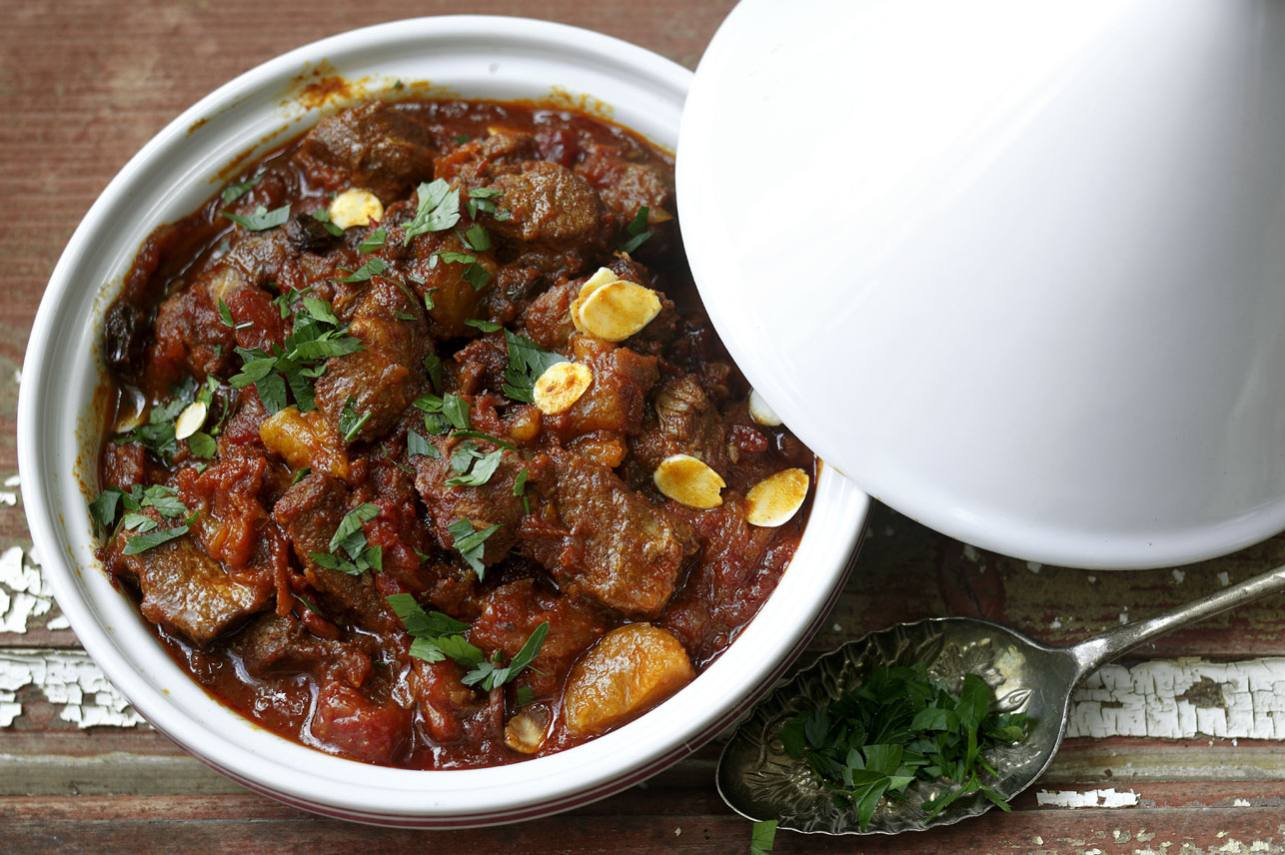
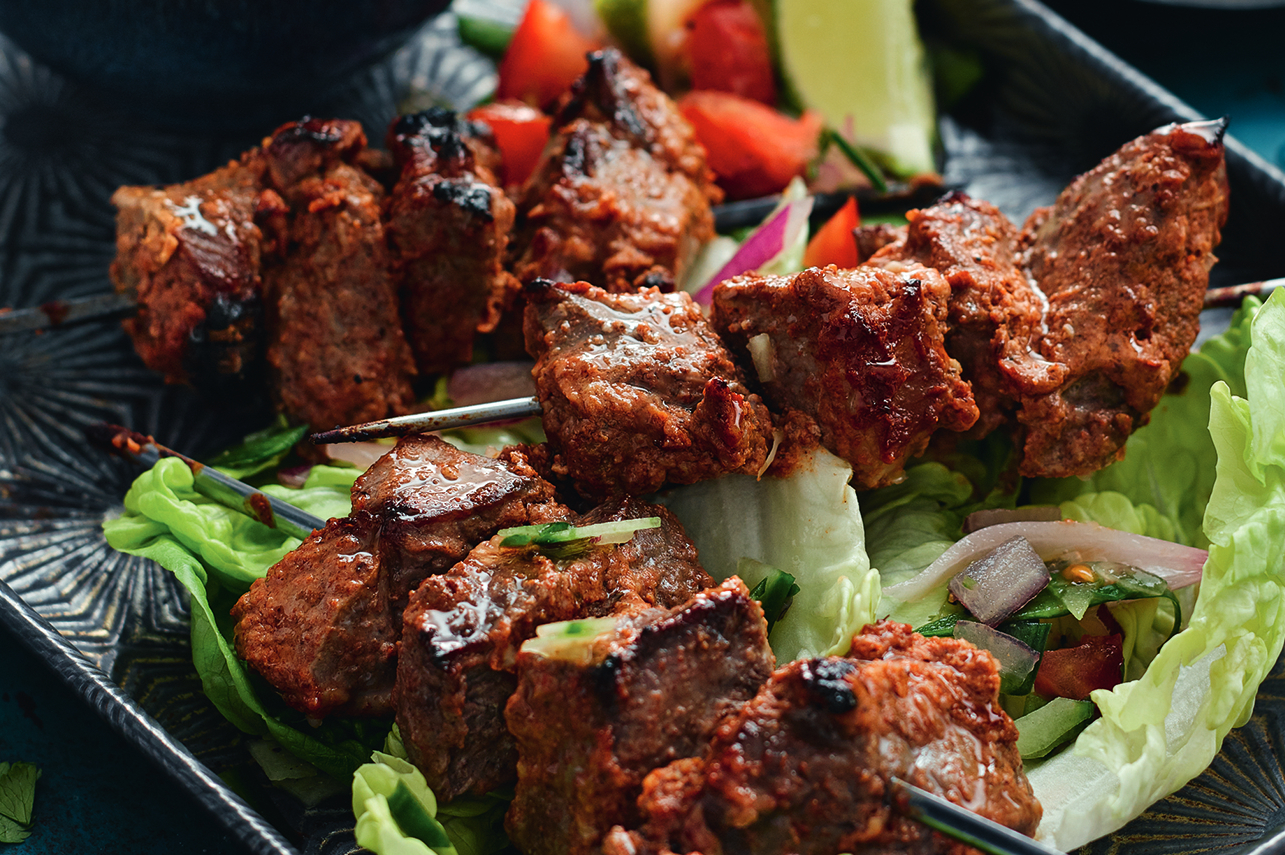
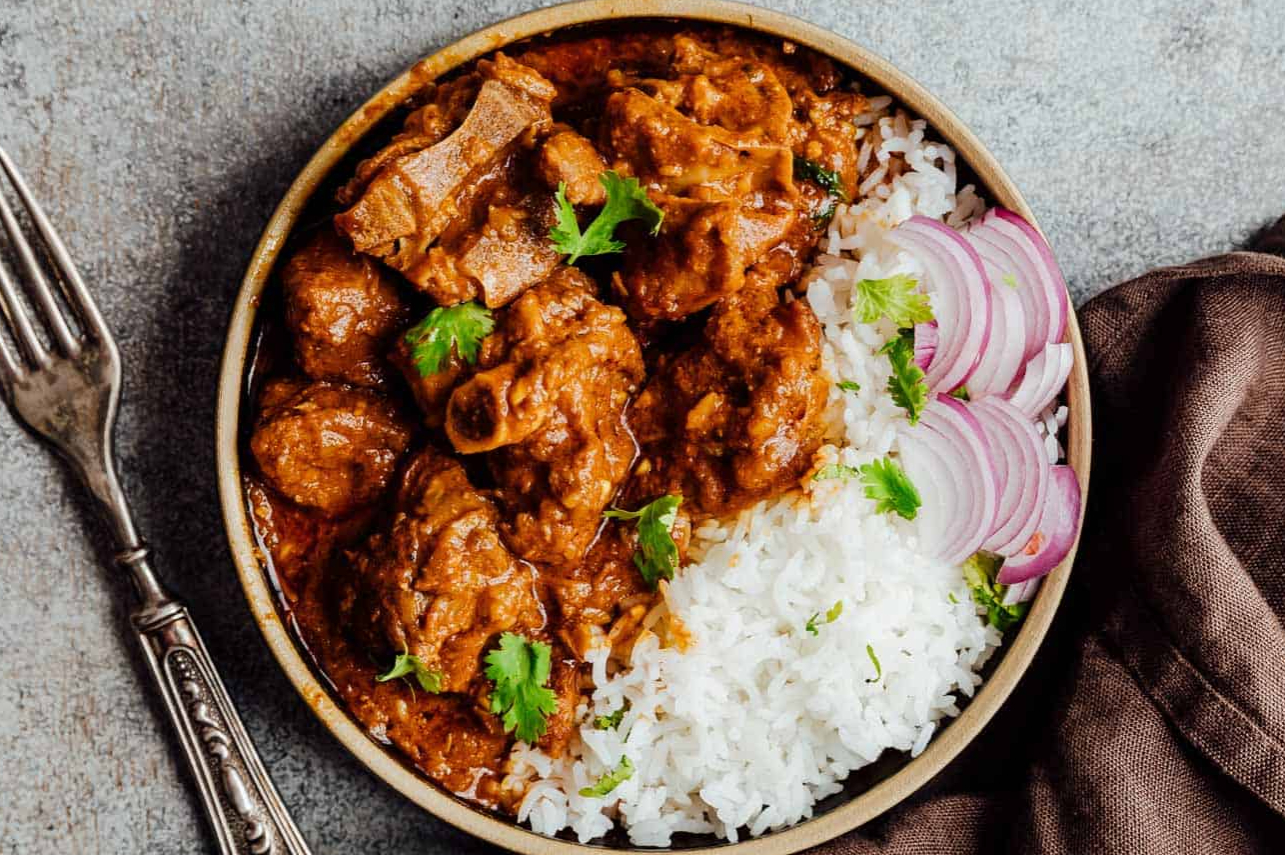
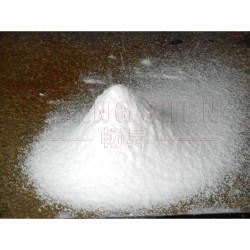






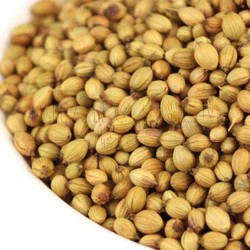












16 Comment(s)
1
Tôi rất thích cách họ chăm sóc người chơi, mọi vấn đề đều được giải quyết nhanh chóng.
Tôi thích các phương thức nạp và rút tiền đa dạng mà FB88 cung cấp, rất tiện lợi.
Chế độ VIP của FB88 rất hoàn chỉnh, phần thưởng phong phú.
Tôi rất yêu thích các trò chơi casino trực tuyến của FB88, chúng rất chân thực và thú vị.
Tôi cảm thấy rất hài lòng về dịch vụ khách hàng của FB88, họ luôn giúp tôi giải quyết vấn đề rất nhanh chóng.
Các cược thể thao trên FB88 rất đa dạng, tôi có thể chọn cược từ nhiều môn thể thao khác nhau.
Tôi luôn cảm thấy hài lòng với trải nghiệm chơi game trên FB88.
FB88 cung cấp một trải nghiệm cá cược thể thao rất toàn diện, từ các sự kiện đến game giải trí.
Tôi rất thích cách họ chăm sóc người chơi, mọi vấn đề đều được giải quyết nhanh chóng.
LG VINA COSMETICS CO., LTD., established in 1997, takes pride in bringing renowned cosmetic brands and premium home and personal care brands to Vietnamese customers. We currently operate in two main categories: Beauty and HDB (Home Care and Daily Beauty). The Beauty category includes products from skincare, cosmetics, and functional food groups, while the HDB category covers products in home care and daily personal care groups. With a vision to become a leading company in the beauty and health industry, we are meticulous at every stage of management to ensure that our products are of the highest quality and meet customer needs.
15 Lê Quang Định, Phường 9, Vũng Tàu, Bà Rịa - Vũng Tàu 792683, Việt Nam
LiveBet là một nền tảng giải trí trực tuyến sáng tạo, cung cấp cược thể thao trực tiếp và nhiều tính năng tương tác. Dù bạn là fan của bóng đá, bóng rổ hay các giải đấu eSports, LiveBet đều mang đến cho bạn trải nghiệm cược hấp dẫn. Với hệ thống cập nhật tỷ lệ cược nhanh chóng, bạn có thể cược trong suốt trận đấu và tận dụng mọi cơ hội chiến thắng. Các phương thức thanh toán an toàn và dịch vụ khách hàng 24/7 đảm bảo bạn chơi mà không lo lắng. Tham gia LiveBet ngay hôm nay để trải nghiệm cược trực tuyến tiên tiến nhất!
LiveBet là một nền tảng giải trí trực tuyến sáng tạo, cung cấp cược thể thao trực tiếp và nhiều tính năng tương tác. Dù bạn là fan của bóng đá, bóng rổ hay các giải đấu eSports, LiveBet đều mang đến cho bạn trải nghiệm cược hấp dẫn. Với hệ thống cập nhật tỷ lệ cược nhanh chóng, bạn có thể cược trong suốt trận đấu và tận dụng mọi cơ hội chiến thắng. Các phương thức thanh toán an toàn và dịch vụ khách hàng 24/7 đảm bảo bạn chơi mà không lo lắng. Tham gia LiveBet ngay hôm nay để trải nghiệm cược trực tuyến tiên tiến nhất!
LiveBet là một nền tảng giải trí trực tuyến sáng tạo, cung cấp cược thể thao trực tiếp và nhiều tính năng tương tác. Dù bạn là fan của bóng đá, bóng rổ hay các giải đấu eSports, LiveBet đều mang đến cho bạn trải nghiệm cược hấp dẫn. Với hệ thống cập nhật tỷ lệ cược nhanh chóng, bạn có thể cược trong suốt trận đấu và tận dụng mọi cơ hội chiến thắng. Các phương thức thanh toán an toàn và dịch vụ khách hàng 24/7 đảm bảo bạn chơi mà không lo lắng. Tham gia LiveBet ngay hôm nay để trải nghiệm cược trực tuyến tiên tiến nhất!
Trường Tiểu học Nguyễn Trung Trực được thành lập năm 1985 có địa chỉ tại 9A Phạm Hồng Thái, phường Nguyễn Trung Trực, quận Ba Đình, Hà Nội (Nay thành phường Trúc Bạch). Trường hoạt động dưới sự quản lý của UBND quận Ba Đình và Phòng Giáo dục và Đào tạo Ba Đình. Trường được xây dựng khang trang trên diện tích hơn 3000 m2 với đủ các phòng học và phòng chức năng cho các hoạt động học tập, vui chơi, giải trí của học sinh.
Địa chỉ: Số 9A Phạm Hồng Thái - Ba Đình - Hà Nội
Email: s666@s666s666s.com
website: Https://s666s666s.com/
Điện thoại: 438261441
Trường Tiểu học Nguyễn Trung Trực được thành lập năm 1985 có địa chỉ tại 9A Phạm Hồng Thái, phường Nguyễn Trung Trực, quận Ba Đình, Hà Nội (Nay thành phường Trúc Bạch). Trường hoạt động dưới sự quản lý của UBND quận Ba Đình và Phòng Giáo dục và Đào tạo Ba Đình. Trường được xây dựng khang trang trên diện tích hơn 3000 m2 với đủ các phòng học và phòng chức năng cho các hoạt động học tập, vui chơi, giải trí của học sinh.
Địa chỉ: Số 9A Phạm Hồng Thái - Ba Đình - Hà Nội
Email: s666@s666s666s.com
website: Https://s666s666s.com/
Điện thoại: 438261441
Trường Tiểu học Nguyễn Trung Trực được thành lập năm 1985 có địa chỉ tại 9A Phạm Hồng Thái, phường Nguyễn Trung Trực, quận Ba Đình, Hà Nội (Nay thành phường Trúc Bạch). Trường hoạt động dưới sự quản lý của UBND quận Ba Đình và Phòng Giáo dục và Đào tạo Ba Đình. Trường được xây dựng khang trang trên diện tích hơn 3000 m2 với đủ các phòng học và phòng chức năng cho các hoạt động học tập, vui chơi, giải trí của học sinh.
Địa chỉ: Số 9A Phạm Hồng Thái - Ba Đình - Hà Nội
Email: s666@s666s666s.com
website: Https://s666s666s.com/
Điện thoại: 438261441
Trường Tiểu học Nguyễn Trung Trực được thành lập năm 1985 có địa chỉ tại 9A Phạm Hồng Thái, phường Nguyễn Trung Trực, quận Ba Đình, Hà Nội (Nay thành phường Trúc Bạch). Trường hoạt động dưới sự quản lý của UBND quận Ba Đình và Phòng Giáo dục và Đào tạo Ba Đình. Trường được xây dựng khang trang trên diện tích hơn 3000 m2 với đủ các phòng học và phòng chức năng cho các hoạt động học tập, vui chơi, giải trí của học sinh.
Địa chỉ: Số 9A Phạm Hồng Thái - Ba Đình - Hà Nội
Email: s666@s666s666s.com
website: Https://s666s666s.com/
Điện thoại: 438261441
Trường Tiểu học Nguyễn Trung Trực được thành lập năm 1985 có địa chỉ tại 9A Phạm Hồng Thái, phường Nguyễn Trung Trực, quận Ba Đình, Hà Nội (Nay thành phường Trúc Bạch). Trường hoạt động dưới sự quản lý của UBND quận Ba Đình và Phòng Giáo dục và Đào tạo Ba Đình. Trường được xây dựng khang trang trên diện tích hơn 3000 m2 với đủ các phòng học và phòng chức năng cho các hoạt động học tập, vui chơi, giải trí của học sinh.
Địa chỉ: Số 9A Phạm Hồng Thái - Ba Đình - Hà Nội
Email: s666@s666s666s.com
website: Https://s666s666s.com/
Điện thoại: 438261441
Trường Tiểu học Nguyễn Trung Trực được thành lập năm 1985 có địa chỉ tại 9A Phạm Hồng Thái, phường Nguyễn Trung Trực, quận Ba Đình, Hà Nội (Nay thành phường Trúc Bạch). Trường hoạt động dưới sự quản lý của UBND quận Ba Đình và Phòng Giáo dục và Đào tạo Ba Đình. Trường được xây dựng khang trang trên diện tích hơn 3000 m2 với đủ các phòng học và phòng chức năng cho các hoạt động học tập, vui chơi, giải trí của học sinh.
Địa chỉ: Số 9A Phạm Hồng Thái - Ba Đình - Hà Nội
Email: s666@s666s666s.com
website: Https://s666s666s.com/
Điện thoại: 438261441
Great effort and very practical. I felt guided every step of the way.
Leave a Comment